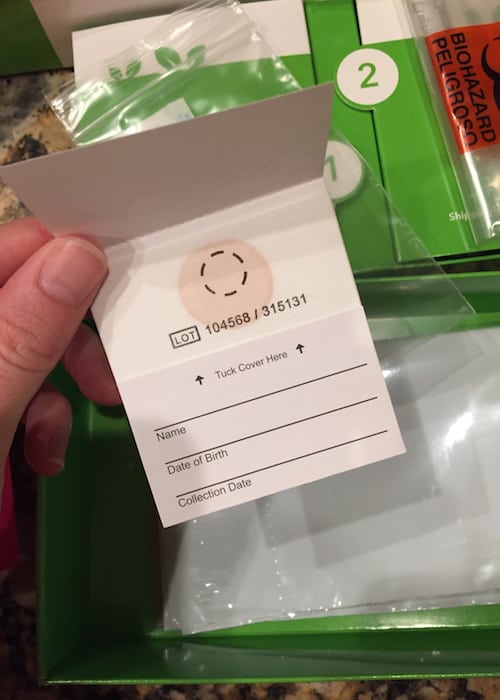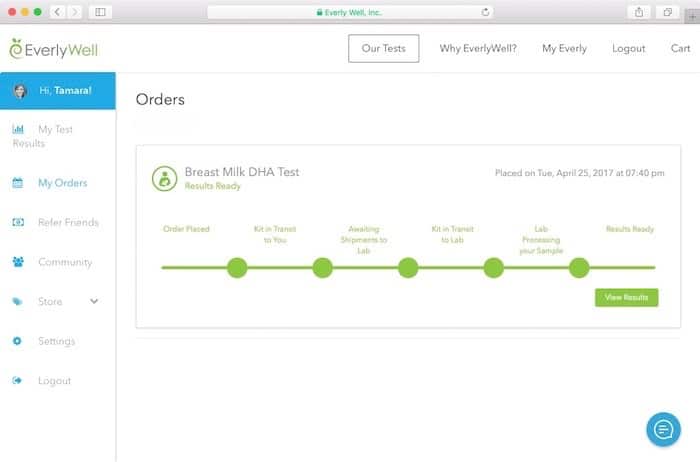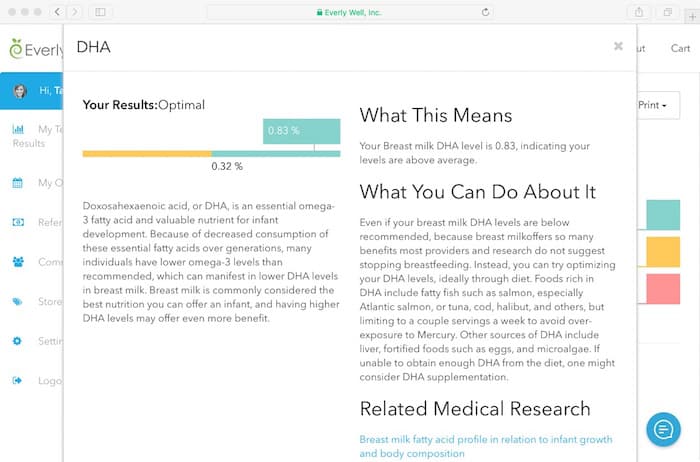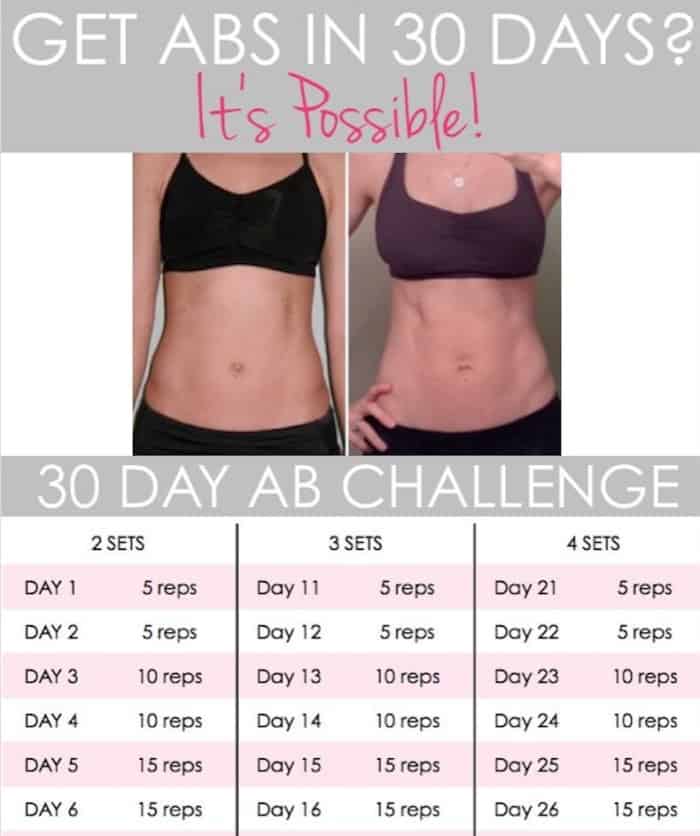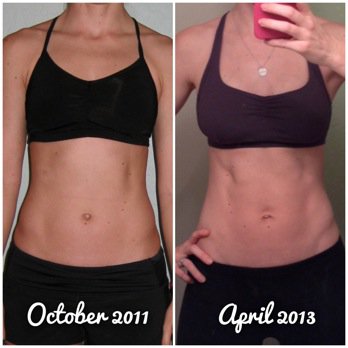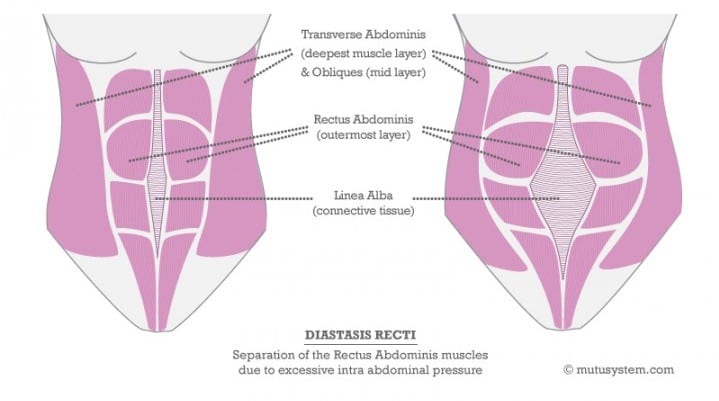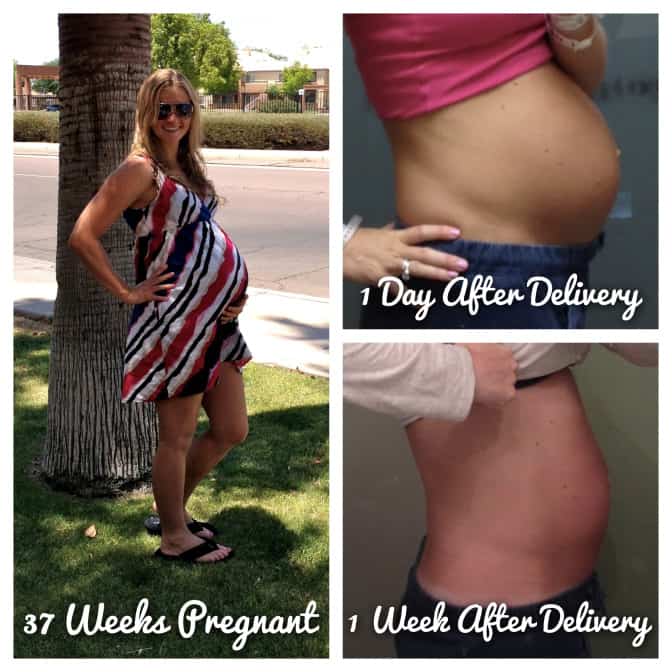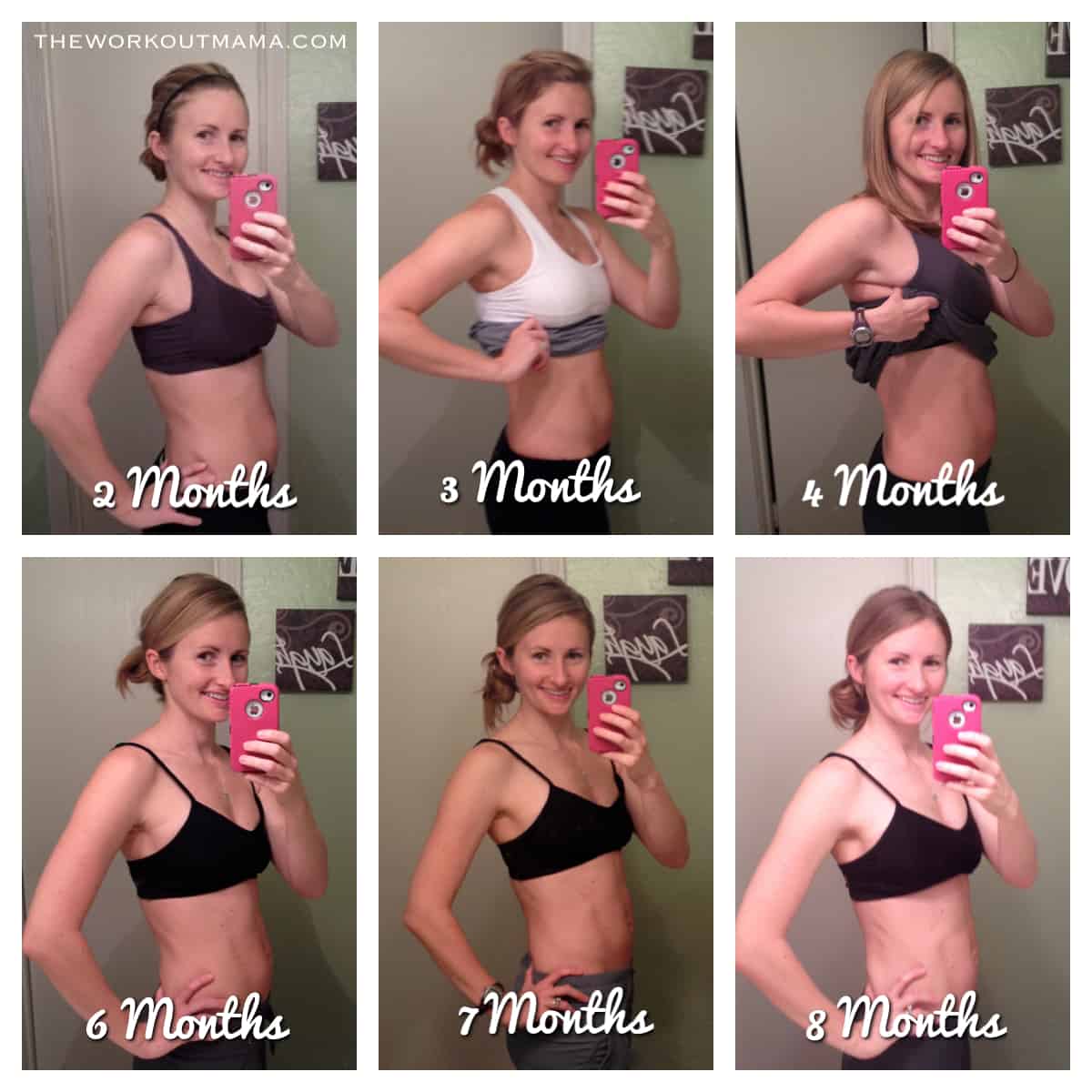I recently had the opportunity to check the levels of DHA in my breast milk from the comfort of my own home. I am sharing my experience using the EverlyWell Breast Milk DHA test kit. Technology is seriously amazing and I think it is great that there are health and wellness tests like this available.
This post was sponsored by EverlyWell through my partnership with Fit Approach. With that said, all opinions and test results are my own. #BeEverlyWell #WhyIBreastFeed
WHAT IS DHA?
You might be wondering why anyone would care to check the levels of DHA in their breast milk in the first place. DHA is an omega fatty acid that aids in the brain and nervous system development of children and is crucial in the first years of your child’s life. It is estimated that 75% of Americans are deficient in DHA.
DHA is not only crucial for your baby but it is also important for you! DHA stands for docosahexaenoic acid and is commonly referred to as omega-3. DHA along with EPA (eicosapentaenoic acid) promote a healthy immune response that are behind the relief of many chronic conditions but is too often inhibited by poor nutrition.
THE BENEFITS OF OMEGA-3S
- Supports heart function
- Promotes positive mood and well being
- Maintains fluid and flexible eye cells and tissue
- Promotes joint mobility and flexibility
- Nourishes skin, hair, and nails
- Protects against free radicals
- Supports the immune system
Despite the great health benefits of omegas, individuals around the world suffer from omega–3 deficiency and one that is counted as the 8th leading cause of preventable death in the US, among dietary, lifestyle, and metabolic risk factors.1 Americans have the lowest intake of omega-3 essential fatty acids of any developed country.
RISKS OF CONSUMING TOO LITTLE OMEGA-3S
- Inflammation (sometimes severe)
- Higher risk for heart disease and high cholesterol
- Digestive disorders
- Allergies
- Arthritis
- Joint and muscle pain
- Mental disorders like depression
- Poor brain development
- Cognitive decline
TAKING THE EVERLYWELL BREAST MILK DHA TEST
This test is simple and can be done at home! The results are emailed to you and you can share them with your doctor. The kit arrived in my mailbox within three days of ordering it online and the directions were very easy to follow.
The breast milk sample needed to be taken in the morning and before any supplementation of DHA was consumed. I am currently taking this Ultimate Omega from Nordic Natural daily and made sure to wait to take my supplements until after I collected the sample.
Sample collection was very easy and required only a drop or two of breast milk on the test paper. I was then able to package everything back inside the box that was shipped to me and easily applied the included shipping label on the package. Super easy.
Once it was mailed back I received an email that let me know my sample had been received and I could expect my results in 5 days.
THE RESULTS
5 days later I had an email waiting for me in my inbox letting me know that my results were ready. It really doesn’t get any easier.
The website is easy to navigate and the results were presented in a clear and concise way. I appreciated how I could track the entire status of my order from when it shipped to when my results were ready.
I learned that my DHA levels are above average and in the optimal range. This means that what I am doing I need to keep doing. In addition to supplementing with omega-3s here are 3 things I consume weekly with high amounts of DHA:
- Chia Seeds: 2,457 milligrams in 1 tablespoon (61 percent DV)
- Flaxseeds (ground): 1,597 milligrams in 1 tablespoon (39 percent DV)
- Sardines: 1,363 milligrams in 1 can/3.75 ounces (34 percent DV)
I am thankful to have had the ability to breastfed all three of my babies. It was a pleasure to write this review and I am thankful for the opportunity. It is nice knowing that what I am feeding myself is also nourishing my six month old. Recommended Reading: My Breastfeeding Story (Caden), Pumping, Dumping, Freezing Breast Milk and Bottle Feeding, and Jesse’s Birth Story.
I am seriously amazed at how God made our bodies! Being able to breastfeed my babies has been such a gift. And just for fun here are some interesting facts about breastfeeding. Breastfeeding helps mama heal faster in the postpartum. The hormones released when you breastfeed make your uterus contract back to its pre-pregnancy size. Also, in case you were curious, the more babies you have had the stronger your uterus will contract during those first few days of breastfeeding your newborn. You’re probably a righty. The majority of moms (75%) produce more milk in their right breast, whether they are right or left handed.
EverlyWell is the exclusive provider of this test directly to consumers in the United States. Visit EverlyWell to get your own kit and use code: WOM15 for 15% off your order. (Code only good for Breast Milk DHA Kit)
PS…EverlyWell offers a wide range of home health tests ranging from food sensitivity, male and female hormone, metabolism, fertility, vitamin d, and more!
1Danaei G, et al. The Preventable Causes of Death in the United States: Comparative Risk Assessment of Dietary, Lifestyle, and Metabolic Risk Factors. PLoS Med 2009;6(4)








